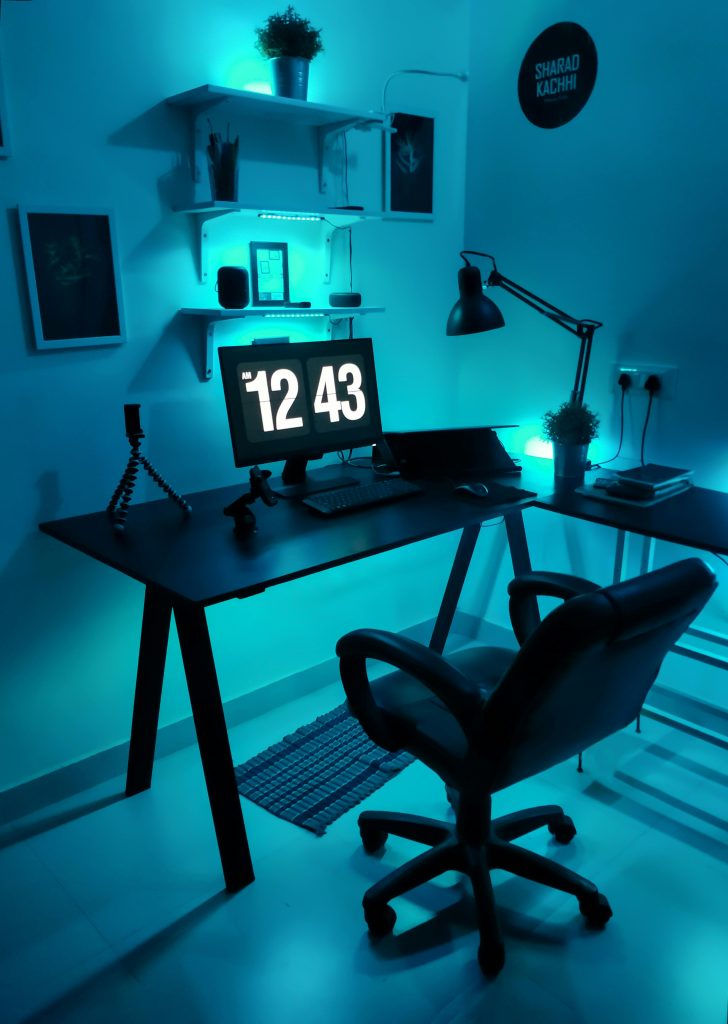Identifying Hardware Failures: Troubleshooting Persistent PC Issues
Experiencing consistent hardware issues with a personal computer can be both frustrating and perplexing. Recently, I encountered a series of anomalies with my system that prompted me to assess whether critical components might be failing. I’d like to share my experience in hopes that it can assist others facing similar symptoms and to illustrate a systematic approach to diagnostics.
Symptoms Observed
Over several months, my PC exhibited irregular startup behavior. Initially, the system would sometimes fail to power on properly, merely blinking its indicator lights briefly before remaining inactive. Typically, a few power button presses would eventually initiate the boot process. Once Windows was operational, I noticed that pressing the power button would immediately shut down the system, rather than executing a graceful shutdown—an unusual behavior that occasionally recurred.
Additionally, there were instances when the system would power on—with fans spinning and lights illuminated—but would not proceed to BIOS or any further POST (Power-On Self-Test) stages. Attempts to resolve this by reseating components occasionally helped, but recently even these measures have failed to produce a successful boot.
Initial Troubleshooting and Considerations
Given the intermittent nature of the problems, my first thoughts centered around potential hardware failures. The power supply unit (PSU) appeared to be functioning adequately, providing sufficient power to the system, making it less likely to be the root cause. Reseating memory modules and other components often helped previously, but now the issue persists despite these efforts.
After ruling out common causes, I began to suspect the motherboard—a critical component that orchestrates the communication between all hardware parts—might be failing. Specifically, my motherboard is a Gigabyte B450M S2H model, which I purchased approximately 4-5 years ago at a budget-friendly price point.
Possible Causes
Hardware failures in aging components are common as systems extend beyond their initial lifespan. Motherboards, in particular, can develop faults due to capacitor degradation, electrical damage, or other manufacturing issues. Symptoms such as difficulty booting, failed POST, and abnormal shutdown behavior are often indicative of motherboard issues, although other components cannot be entirely ruled out without thorough testing.
Next Steps
To determine whether the motherboard is indeed at fault, consider the following steps:
-
Visual Inspection: Carefully examine the motherboard for any visible signs of damage, such as bulging capacitors, burnt components, or corrosion.
-
Test with Minimal Hardware Configuration: Remove all non-essential hardware, leaving only CPU
Share this content:



